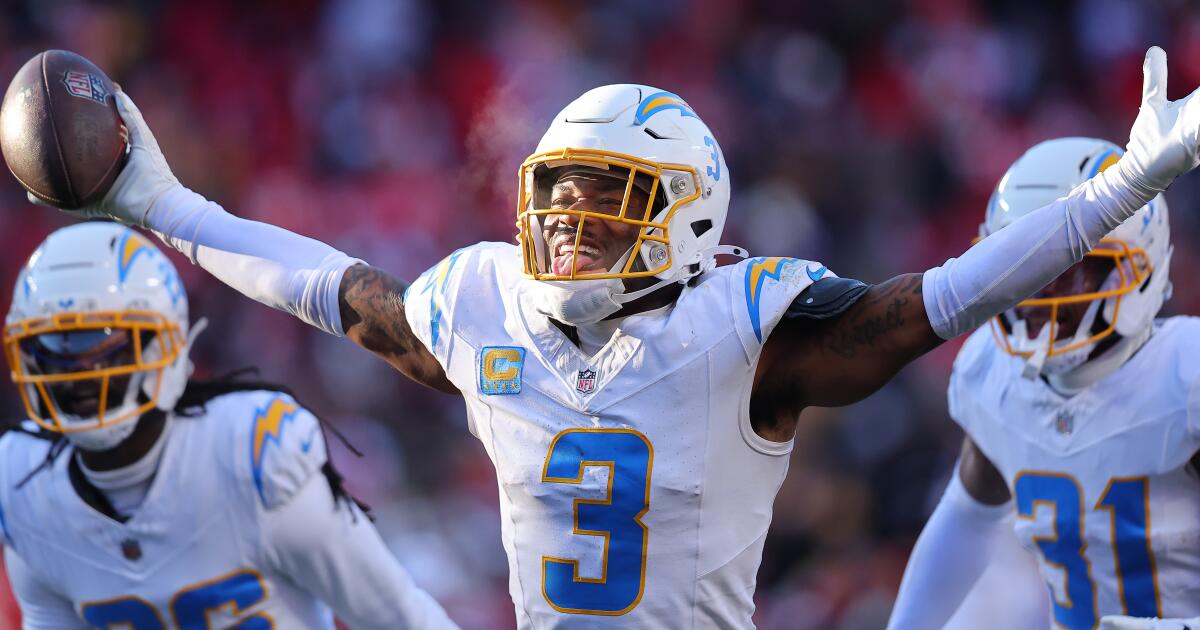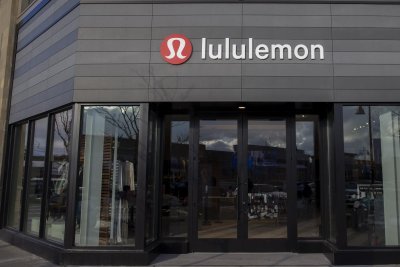A leading staycation operator has highlighted a big rise in people opting to use Christmas Day to make their holiday booking
There was a time when Christmas Day was all about opening the presents, over doing it on the festive feast, then sleeping it off in the front of the telly.
But times changes, and it seems a growing number of people are using the time off to plan ahead. And one emerging trend identified by holiday park operator Haven has been a big rise in the number of advanced bookings it has taken on December 25.
Historically, Christmas Day was quiet for the firm and other holiday companies ahead of a normal rush just after the new year. But Haven says that in recent years bookings have increased steadily, with a 46% leap on Christmas Day last year. While it did not provide exact numbers, bosses said it equated to hundreds of bookings on the day. Given the success last year, Haven says it is now anticipating a record breaking Christmas Day again.
Others will leave it 24 hours, but Boxing Day has also become ever more popular for families thinking of their holidays to come. Haven says Boxing Day bookings last year were up 28%, and it expects to take thousands of bookings over the two peak festive days this year.
Simon Palethorpe, the company’s chief executive, said: “Once the presents are unwrapped, carols sung and turkey stripped, more families are using their time together to book their Easter and summer holidays. Not only is selecting your family holiday on Christmas Day less likely to lead to a row than a board game – booking early with Haven can result in a great deal and big savings compared to those who book later.”
The coming weeks are when many people turn their attention to next summer’s getaway, with the dark months of winter encouraging many to dream of sunshine breaks to come. Experts certainly say that booking early can mean big savings, with operators traditionally launching early bird deals amid a marketing blitz around this time of year.
A peak of bookings is expected on January 3, or what is dubbed ‘Sunshine Saturday’ given the spike in business. Research released by trade body ABTA ahead of 2025’s big day revealed that 68% of people were planning to go abroad this year, and 45% were looking to explore a new country for their holiday.
Trade experts at consumer group Which? has this advice: “Don’t feel pressured into booking in a hurry. Time-limited deals aren’t always everything they promise so take the time to consider your options, and shop around to make sure you’re getting the right holiday for you, at the right price.
“Holiday booking scams are common at this time of year so if something looks too good to be true, always think twice. There are lots of dodgy ‘deals’ on social media, and fake listings can even make their way onto booking sites. Always avoid listings requesting payments by bank transfer, and consider doing a reverse image search on villas or rentals to check the images haven’t been lifted from elsewhere.”




